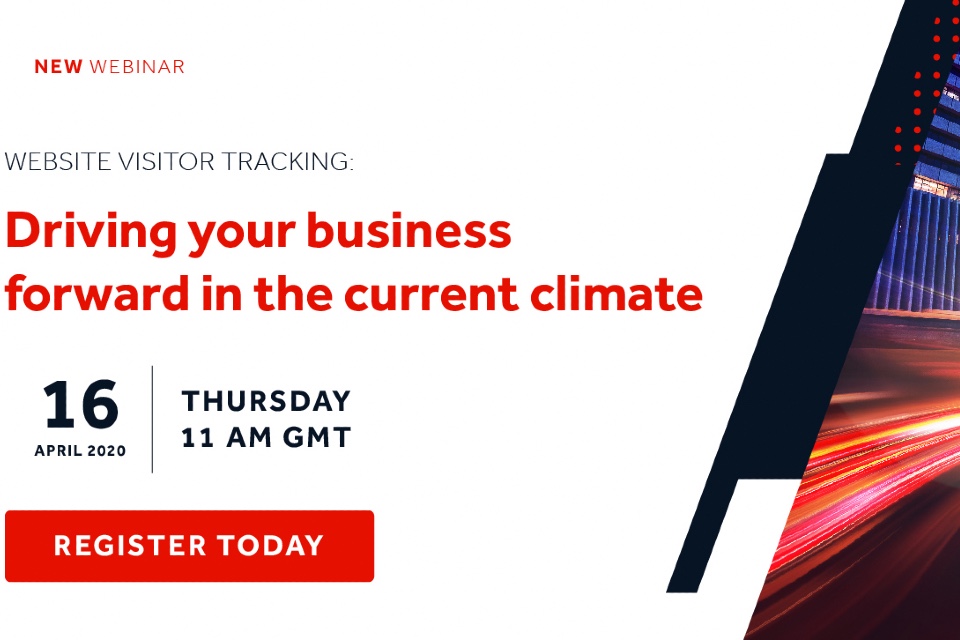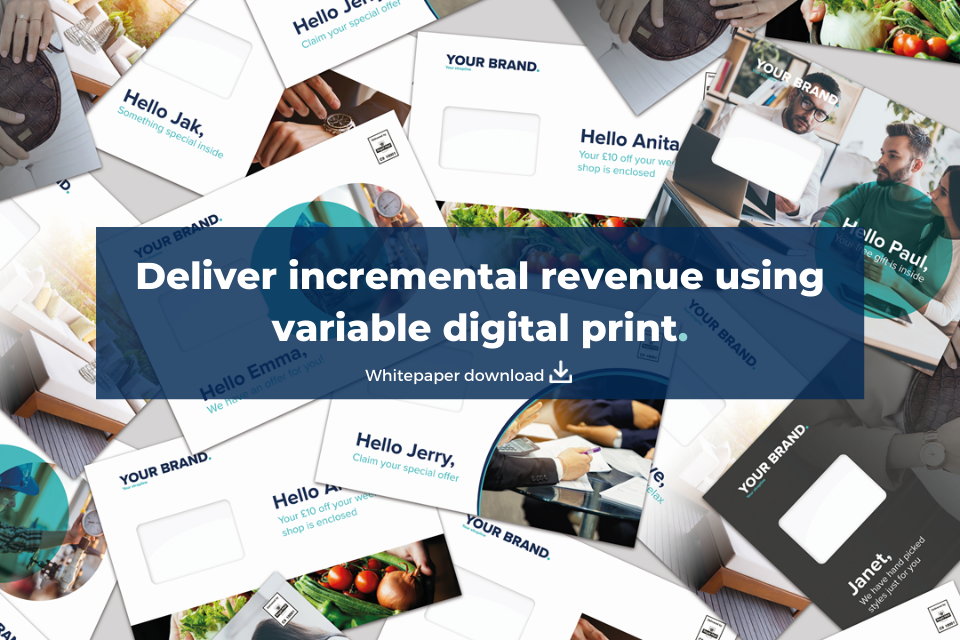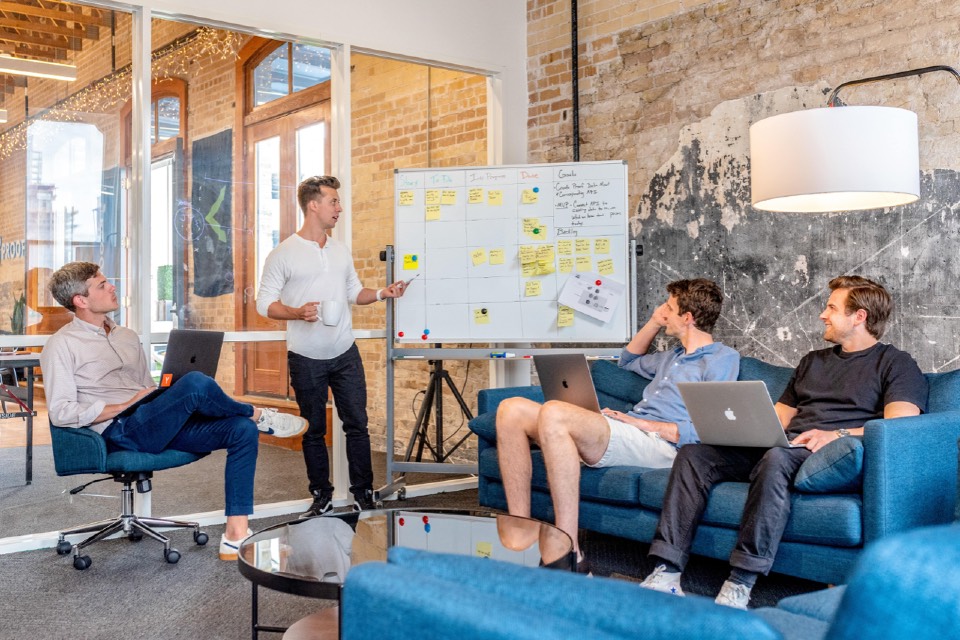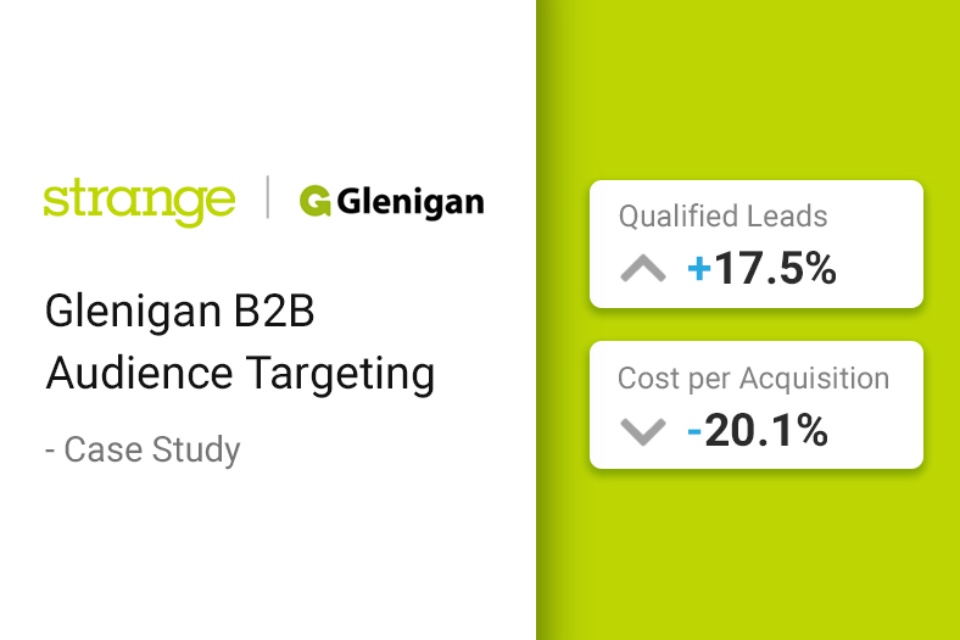As brands and businesses currently face huge uncertainty due to the current global situation, many will be finding the most suitable and appropriate ways to keep their companies afloat. Dan Dufour, Brand Strategist for theTeam, writes this comprehensive guide for businesses on ‘How to create and activate a brand strategy’…
This blog looks at how a good brand strategy can help you change the way people think, feel and act. But you have to embed it across the whole customer and employee experience, not just the brand expression.
Branding is, and always has been, about making an emotional connection with people. Changing the way they think, feel and act, whether that’s influencing them to choose a product or service, support a charity or join a social movement. But what are the key building blocks to success? Let’s investigate.
Is your focus on brand management or leadership?
The first step is to agree your approach to branding. Do you see it as a tactical tool to manage consistency, or as a strategic tool that should run through the DNA of the whole organisation?
The writer David Aaker makes the distinction between ‘brand management’ and ‘brand leadership’. Brand management has a shorter-term perspective and is based on building and measuring image and impact. Brand leadership has a longer-term strategic perspective, driven by what the brand stands for, and it uses the brand strategy to direct the whole organisation, from employees to products. This may include ‘brand-driven innovation’, where the brand strategy is used to inspire new ideas and filter out old ones through a clear purpose.
In the excellent A very short introduction to branding, Robert Jones describes the difference between managing and leading: “Branding may be a relatively unimportant, tactical tool, and the brand manager normally sits a long way down the hierarchy, with a small team and little power. Their role is limited to managing communications or policing design.” Alternatively: “branding is seen as a strategic activity, encompassing all the ways an organisation touches its customers. The brand team is usually large or powerful, and brand gets talked about a lot at the top of the business.”
Personally, I like Dom Boyd’s definition of ‘brand entrepreneurship’: “Strategists now need to be less ‘thinkers who hold the strategic line’, and more like activists who proactively sniff out competitive commercial opportunities and make them happen.” In other words, you need to be business savvy. A brand entrepreneur helps an organisation step into the future by setting out a compelling purpose. They make change happen by driving commercial innovation.
What audiences are you targeting?
The next step is to be clear about which audiences you are targeting and why. This is where audience segmentation is helpful to manage ‘brand stretch’. Because few of us have the luxury of marketing budgets big enough to target the whole of the general public, or to shift spontaneous awareness figures.
Going deeper than just gender, life stage, geography and socio-demographics, a good segmentation covers attitudes and beliefs, consumption, or giving patterns for charities, and should be linked to media channels, in order to be helpful for marketing purposes. This will enable you to both create a good brand strategy and put it into action, based on target audience segments.
What is your brand positioning?
This is the heart of a brand strategy. If your brand is the space you occupy in somebody’s mind, your brand positioning plants the seed. Brand positioning is commonly defined as positioning your brand in the hearts and minds of your customers. What do you want them to think – and feel – about your brand in order to inspire action?
Brand positioning is commonly defined as positioning your brand in the hearts and minds of your customers. What do you want them to think – and feel – about your brand in order to inspire action?
Brand strategy models and platforms come in all shapes and sizes and the jargon can be confusing. Charities favour vision, mission and values, while future brand leaders are taught purpose (why you exist), personality (how you behave and communicate) and proposition (what you offer).
Over recent years, there has been a big trend for Brand Purpose, where brands look to define why they exist and the value they create for society. This is driven by an increasing desire for brands to have a positive impact on profit, people and the planet. It is why sustainability is increasingly important and why brand projects extend beyond marketing to complement corporate strategy.
Some brands look to have one core proposition, while others will have several propositions for specific products that sit within one framework. In the commercial sector a proposition will often convey the benefit of a product, while in the charity sector a proposition might convey the benefit of support. Sometimes the proposition becomes an external strapline, while other times it provides a springboard to inspire a strapline. Don’t forget, a good proposition should be underpinned by what you want people to think, feel and do to be effective.
It is common to involve customers and employees in the development of a brand strategy and story to make sure it is truly inspiring. This can be complicated and time consuming but is the best way to create a brand with a strong sense of purpose, pride and commitment. Typically, different options are researched with key audiences before refinement. It is increasingly common to use human psychology (behavioural economics and human emotions) to inspire people to action.
One brand or more?
Alongside an audience segmentation and proposition development you’ll need to decide whether you need one brand, or a portfolio of them for specific products. This is called ‘brand architecture’ and is essential if your brand is to remain intact and not unravel. There are different models you can follow such as Freestanding, Unified (also known as Monolithic), Branded House, House of Brands or Hybrid, with pros and cons to each. Sadly, sub-brands are often created by default, rather than being directed by a clear brand strategy. So, we’d recommend agreeing your brand architecture during a brand development process, not leaving it until later as can be the temptation. In the era of Brand Purpose, corporate master brands like Unilever are becoming just as important as their portfolio of product brands from Dove to Marmite. At the same time, many charities are trying to tame a plethora of unnecessary sub-brands to move towards a more unified approach.
Have you embedded your brand strategy throughout the customer and employee experience?
Now you have your brand strategy in place, it is time to bring it to life. Most people start with the brand expression, visual identity and tone of voice. But branding goes much further nowadays.
Branding is increasingly embedded across the whole customer and employer experience, including UX (user experience) and CX (customer experience) design, not just marketing communications.
There has also been a shift in mentality when it comes to managing the brand expression. Where some people seek control and consistency, others allow more freedom of expression within set parameters. Where brand guidelines were once the bible, practical tools and online learning are now more commonplace. In this context, the job of a brand manager is to coach, educate and inspire.
Have you done enough to engage your people with your brand?
There can be a tendency to rush to take a new brand to market. But don’t forget, your people are a ready-made salesforce and every interaction we have with a brand informs our perception of it, including with its people. There have been numerous stories of bad behaviour having a negative impact on brand trust and reputation. But embedding your brand strategy and values within your culture should mitigate this. Ultimately your brand should be a guiding light, to inform decision making and conduct throughout your business.
Do you have a clear plan for digital communications, marketing campaigns and content?
The next step is to engage your target audiences with your brand to build the right perceptions and influence action and loyalty. Your approach will largely depend upon your budget. Most people start with digital marketing, search engine optimisation (SEO) and Google ad-words to ensure the right messages are seen by the right people at the right time, together with a content plan. Which social channels do you want to invest in curating, for which audiences and for what purposes? What content will you put out to connect people emotionally with your product or cause?
Which social channels do you want to invest in curating, for which audiences and for what purposes? What content will you put out to connect people emotionally with your product or cause?
Do you have measurement and processes in place to make improvements?
Brand development is an ongoing creative process and is never set in stone. We test and learn, curate and evolve. But improving your brand is always best when based on audience insight, so make sure you have good measurement in place. Brand trackers are common, measuring metrics such as prompted awareness, understanding, consideration to purchase or support, attribution and trust. Measuring the sentiment towards a brand online is also popular, often called ‘buzz scores’. ‘In campaign’ measurement can allow you to optimise your creative in real time. Then there is the hard evidence, such as sales figures, income, customer satisfaction, trust pilot rankings and staff retention.
We recommend creating a dashboard of key measures you can report to senior management at key intervals. Regular brand health checks or audits are also a good idea, as is a brand steering group with representation from across your organisation to help you create, embed and improve the brand going forward.













